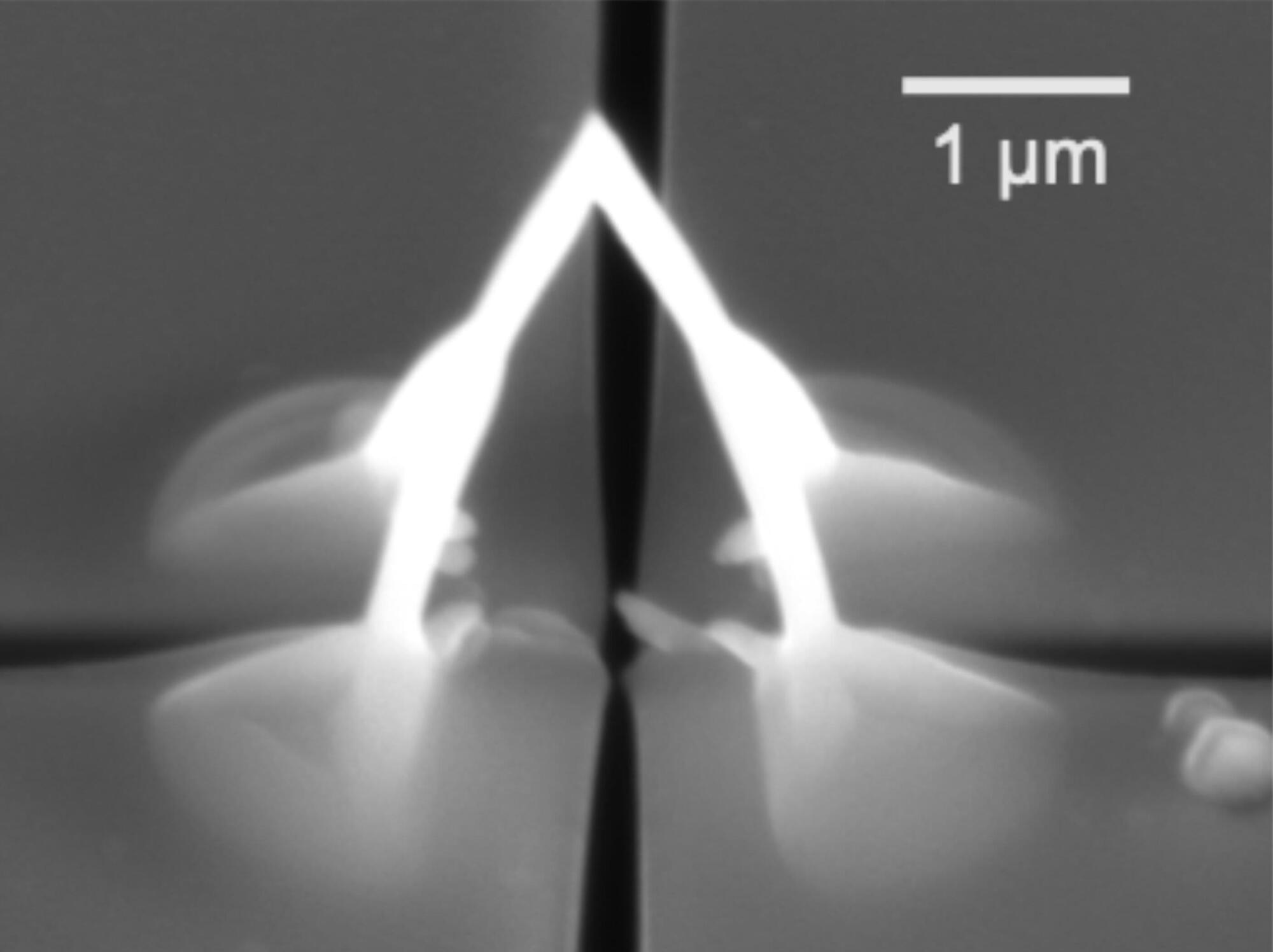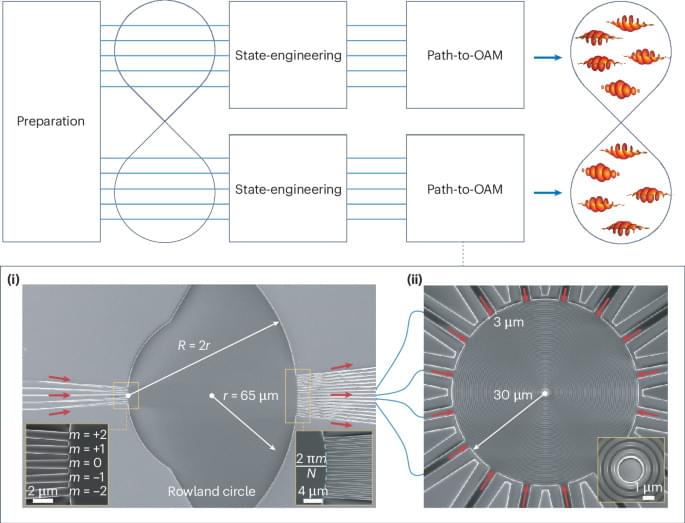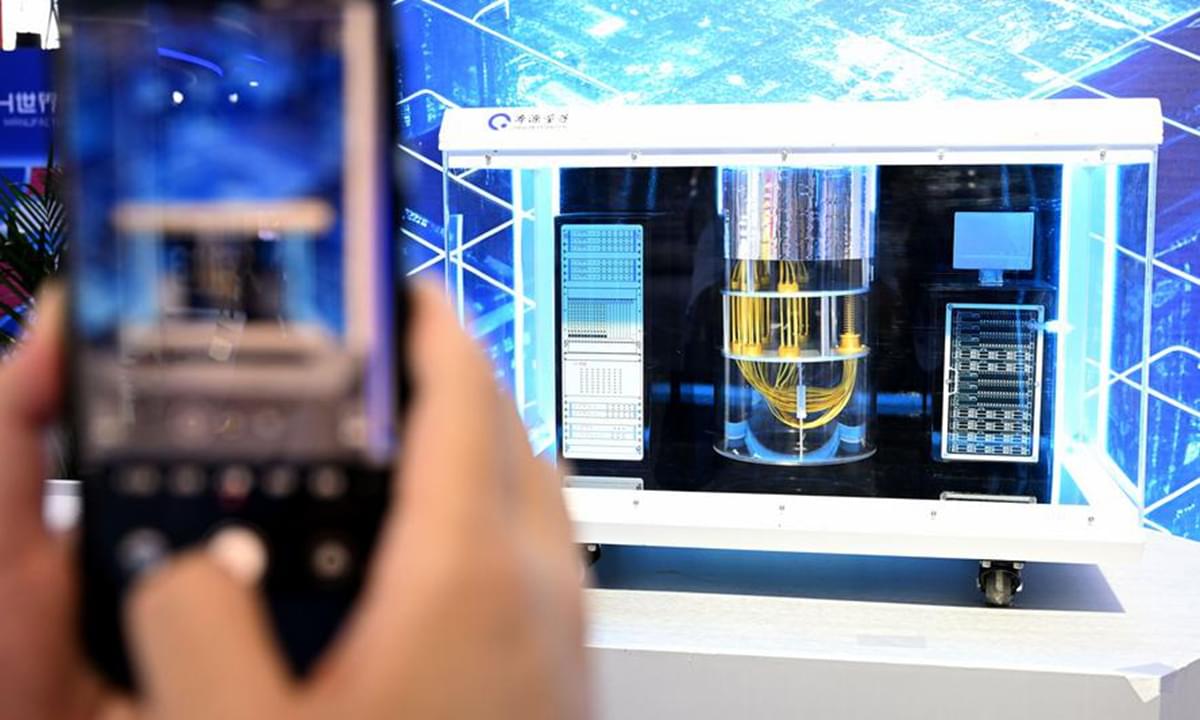A way to greatly enhance the efficiency of a method for correcting errors in quantum computers has been realized by theoretical physicists at RIKEN. This advance could help to develop larger, more reliable quantum computers based on light.
Quantum computers are looming large on the horizon, promising to revolutionize computing within the next decade or so.
“Quantum computers have the potential to solve problems beyond the capabilities of today’s most powerful supercomputers,” notes Franco Nori of the RIKEN Center for Quantum Computing (RQC).






